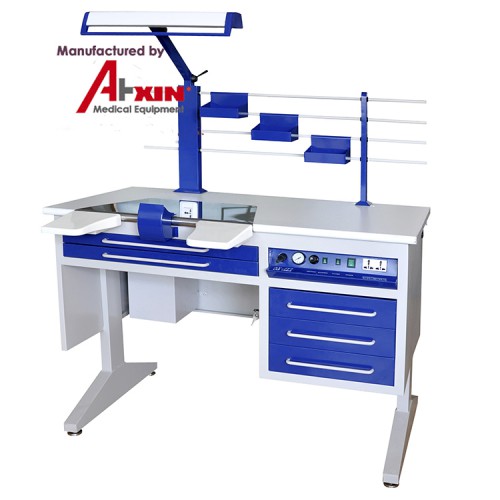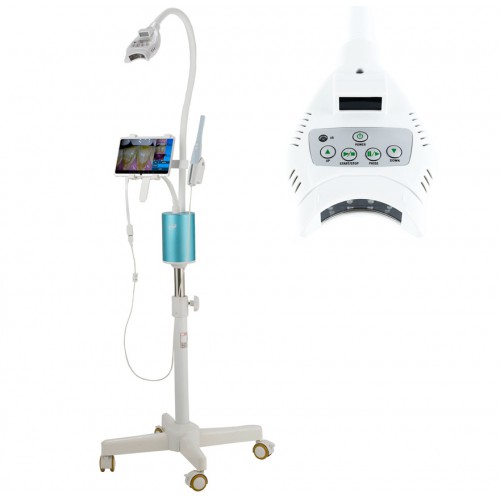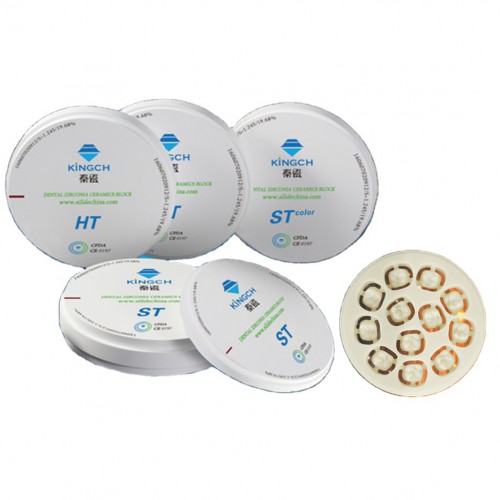Depending on what you operate and the type of restoration you prefer, the type of dental laboratory you need may differ. If you are planning for a full-operation lab, then you need a vast range of equipment that is both flexible, and efficient. If your lab is focused on any one restorative area, then you can invest in the equipment which suits your task.
Making the final list of what dental lab equipment you need, requires a lot of time, and research. So, here, the first step is to find out the niche, whether you are concentrating on crowns, provisional, veneers, implants & removable, and others.
Your goal will partially get cleared if you find out the niche, and the next process will be building a team, buying the necessary equipment for the lab, and creating a floor plan.

Tips to consider before opening the dental lab:
Before you start the dental laboratory, you should need a solid business plan and strategy. The planning not only requires the information but also involves the planning of every last detail
While building a team, make sure to find like-minded individuals who should be considered assets to the team
A perfect dental laboratory is one that is equipped with all kinds of equipment. So, find a place where you can grab all your china dental equipment at a low price with high-quality
The space of the lab matters the most, so choose a lab that will occupy all your dental equipment and staff.

